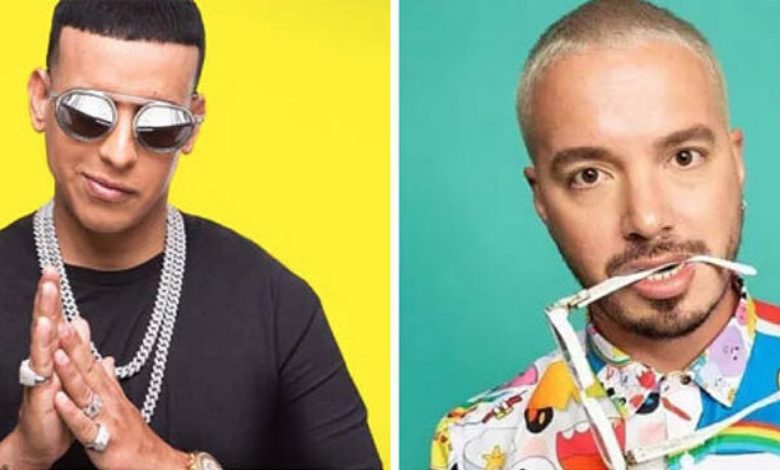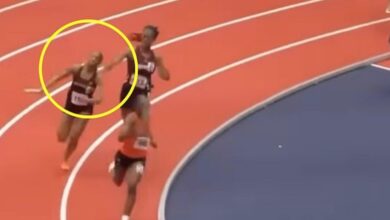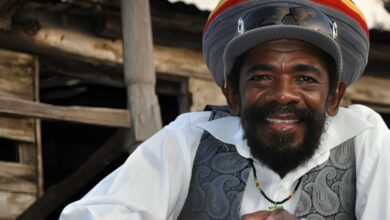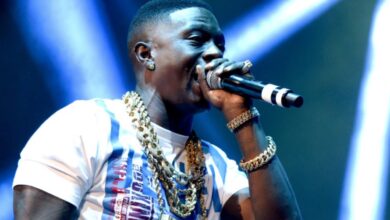
When you look at history and read up on how an empire came to dominate a region or an era, you often find that empires achieved power by the work of others. These empires exploited people which in return made them rich and famous, and never paid credit or respect to those that helped them get there.
We can look at music genres as empires, and in the case of Reggaeton, one can make this comparison. Jay-Z coined a phrase, and we can hear it frequently in his raps; he says that “numbers do not lie” in the case of Reggaeton, the numbers tell you how influential the genre truly is.
Many artistes that transcend Reggaeton music enjoy huge success. They have viewers, followers, and streams, and unlike Jamaican artists, they sell out arenas. When was the last time you heard of a Jamaican artist selling out the Madison Square Garden? Reggaeton artists enjoy all these perks and, most important the ability to benefit from their success financially. The one constant you never hear is the explanation of what gave birth to their dominance. Reggaeton as a genre is doing numbers similar to pop and hip-hop, but who can we look at from a musical tree perspective and say, here is where it all started? Thanks to Wikipedia, we can search and get versed on a revised history, but those sources do not pay an accurate picture or homage to the artists who helped transcend the music.
To understand Reggae’s significance to Reggaeton, you must appreciate how it started. In Panama, the music that most people heard was salsa, merengue, and other top-40 sounds of that era. Reggae was an afterthought to mainstream radio. It is in Colon Panama where Jamaicans and other West Indies migrants settled when they came over to find work building the Panama Canal. These immigrants brought their culture and music with them.
The music that migrated with them provided the DNA to what today we know as Reggaeton. When you search for the origin of this genre, those who have documented it will point to Panama and Puerto Rico as the two countries credited for its birth. What is missing is the various artistes that provided the biological elements to this musical phenomenon. That credit needs to go to many artists who influenced Panamanian-Jamaican-born kids to mimic what they heard when their parents’ played music from their homeland.
Let us fast forward and arrive at 1986/87. Reggae music remains an underground movement in Panama. Panamanians that wanted to listen to Reggae would have to attend a local event (compared to a Jamaican dancehall) where speakers are set up like buildings and DJs mix and hype the crowd up to a frenzy. Another place where you could experience or hear Reggae was as a city bus passenger. The buses in Panama have always been famous for having the latest mixes from the most popular sound systems. Around this time, Spanish Reggae is making an appearance nationally, and the movement finds the perfect track version to pivot. Panamanian artists deserve the title of pioneers. They helped shape the sound, delivery, and flow.
Still, the ultimate influencers are the Jamaican artists that broke in and were able to plant that seed for Panamanians to grow. I can’t say a single song or artist was responsible for the expansion, but it is safe to say that a single track by Jamaican artist Lovindeer changed the course of history. For years artists like Yellowman, Jacob Miller, and the iconic Robert Nesta Marley dominated the underground Reggae scene in Panama. As mentioned earlier, those established artists did not offer a version with the rhythmical eloquence as the one provided by the Lovindeer.
He plays the protagonist and provides the iconic track “Don’t Bend Down” and gives Panamanian artist Leonardo “Renato” Aulder a version for him to jump on…and the rest is history, as they say.
Listen to “Don’t Bend Down” below.
Renato uses this version and another Lovindeer version (Babylon Boobs) to record two major radio hits.
Check out the songs below.
1 – La chica de los ojos café (Don’t Bend Down version)
2 – El Deni (Babylon Boobs Version)
As a music lover, I can now appreciate what this talented artiste did without knowing how he would help plant that flag for Spanish Reggae.
As the music continues to grow, you can trace the DNA of Reggaeton to Renato and other artists of Panamanian origin. Still, the version that first provided a track for making it on the radio was a dancehall track. Dancehall will continue to live in the shadow of Reggaeton, and for most, the sound of Reggaeton will appear to be unique, not borrowed from patterns and flow coming from Jamaica. Dancehall must always be part of the conversation when talking about Reggaeton and its origin. The problem that I find in the industry is how artists that have been able to gain fame and fortune rarely recognize this or pay homage to the riddim that started it all – Thanks Dancehall.
Eric George
RELATED: The History/Origin of Dancehall
RELATED: True King of Dancehall – U Roy, dies at 78
RELATED: Beenie Man Reigning “King of Dancehall” or Vybz Kartel?





